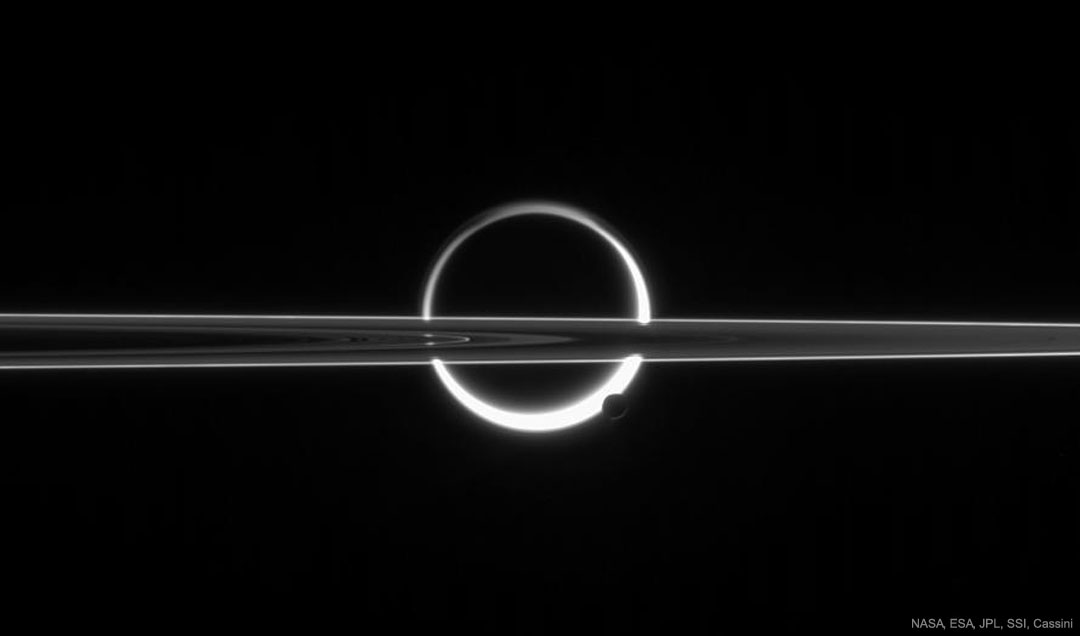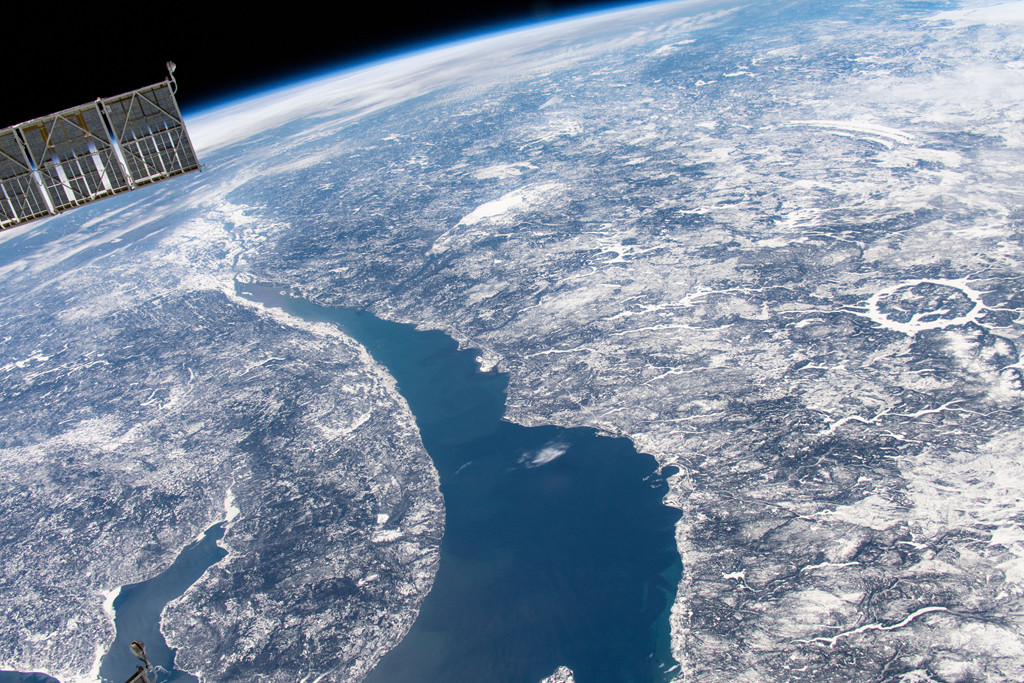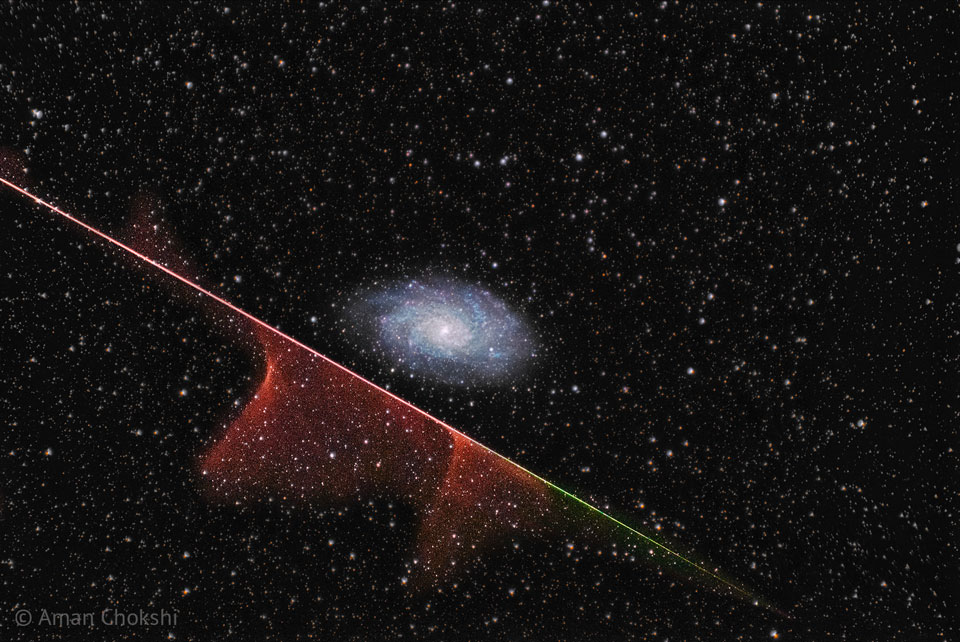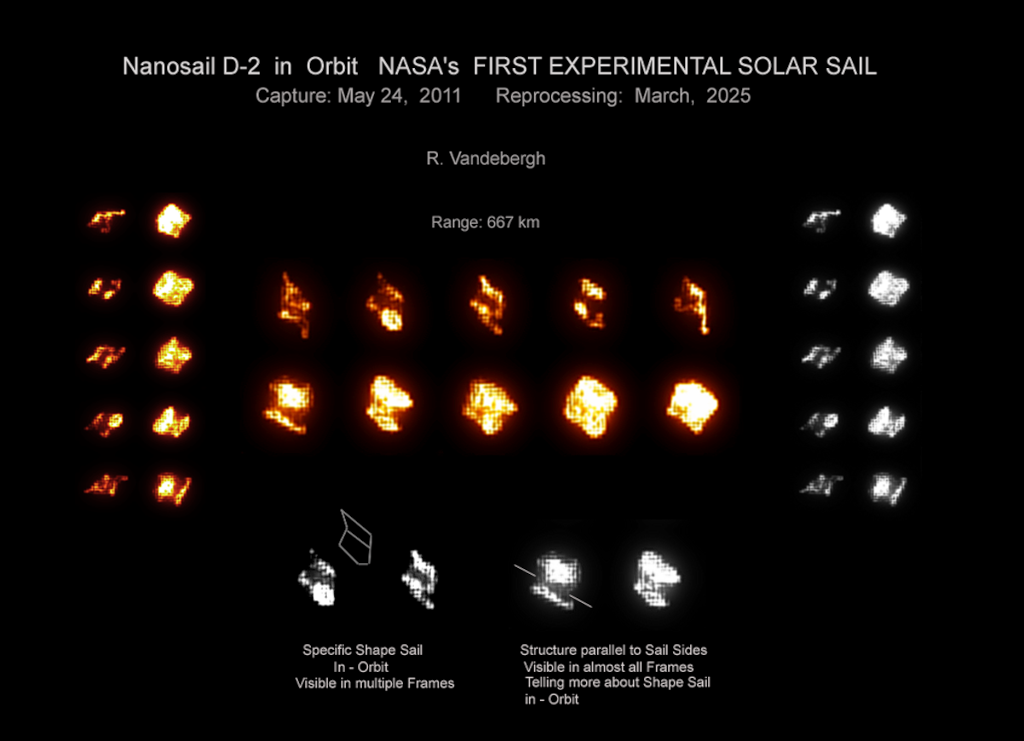
L'A220, l'A320, l'A350, l'A380 et le BelugaXL réunis pour un vol en formation : voilà comment Airbus a lancé les festivités de son cinquantième anniversaire, le mercredi 29 mai. Cinquante jours de célébrations sont prévues jusqu'au 17 juillet. L'anniversaire sera bien entendu célébré lors du Salon du Bourget, du 17 au 23 juin.
Le 29 mai, les avions stars de l'avionneur ont donc volé de façon synchronisée au dessus de Toulouse.
Usine Nouvelle
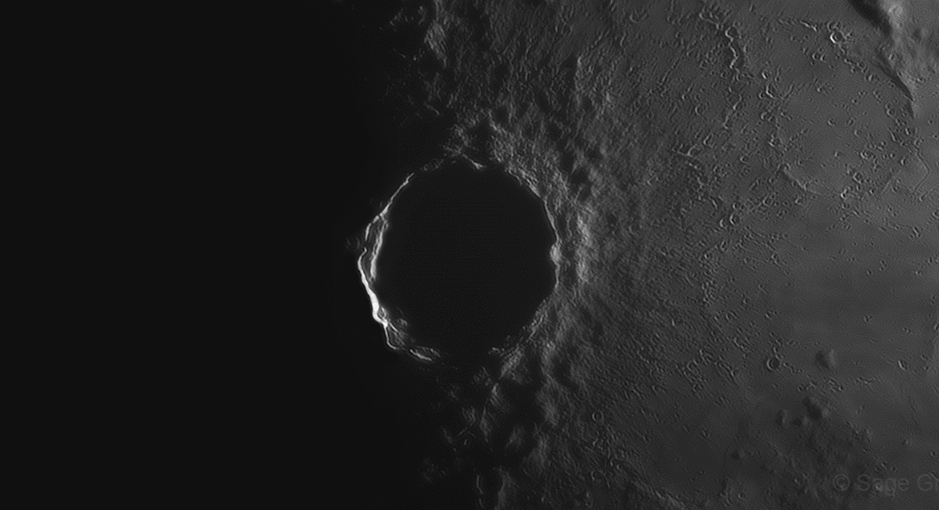

![[Vidéo] Ces ailes révolutionnaires d’Airbus qui s’inspirent de l’albatros](https://www.usinenouvelle.com/mediatheque/0/1/5/000771510_image_896x598/albatros-4.png)


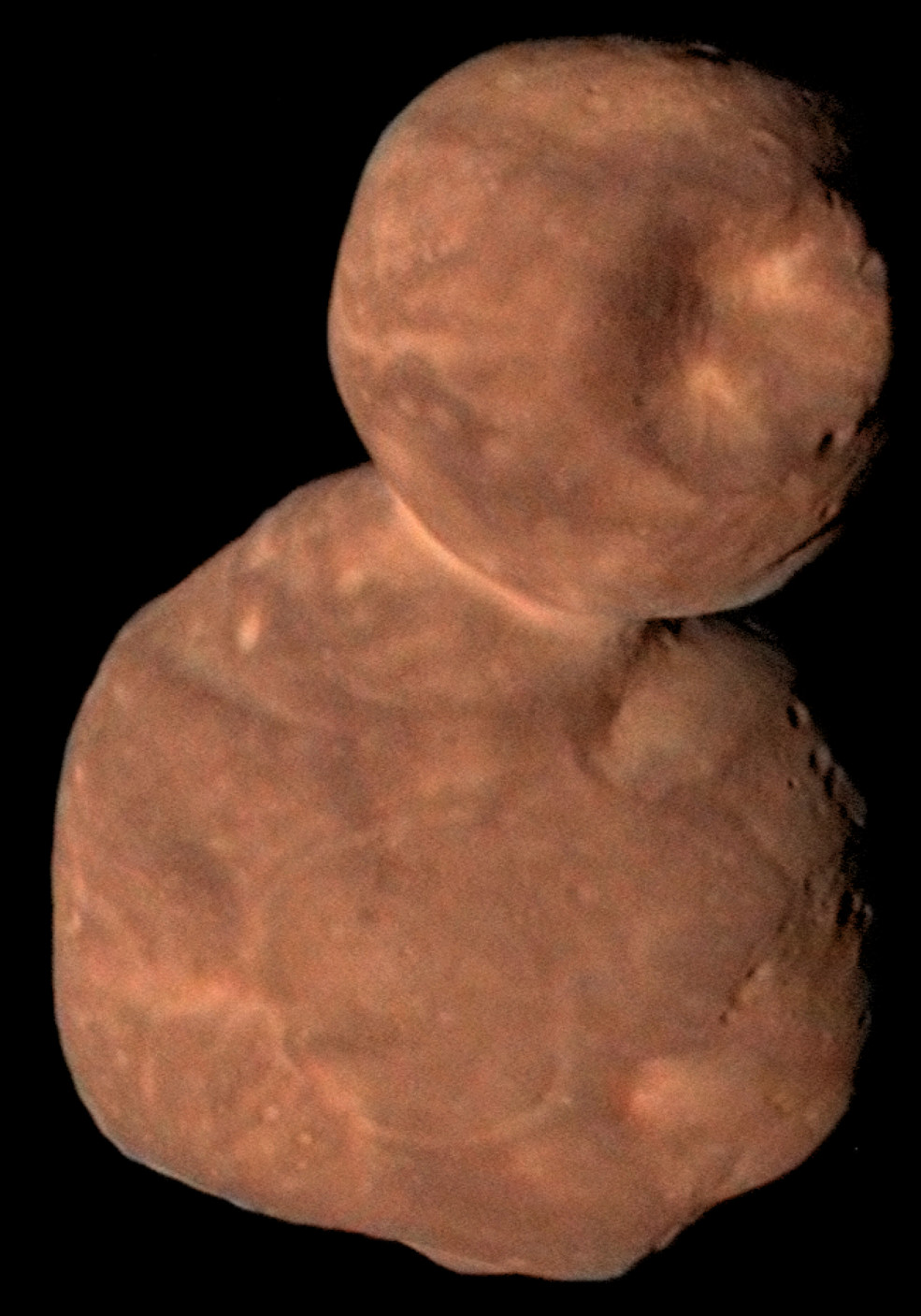


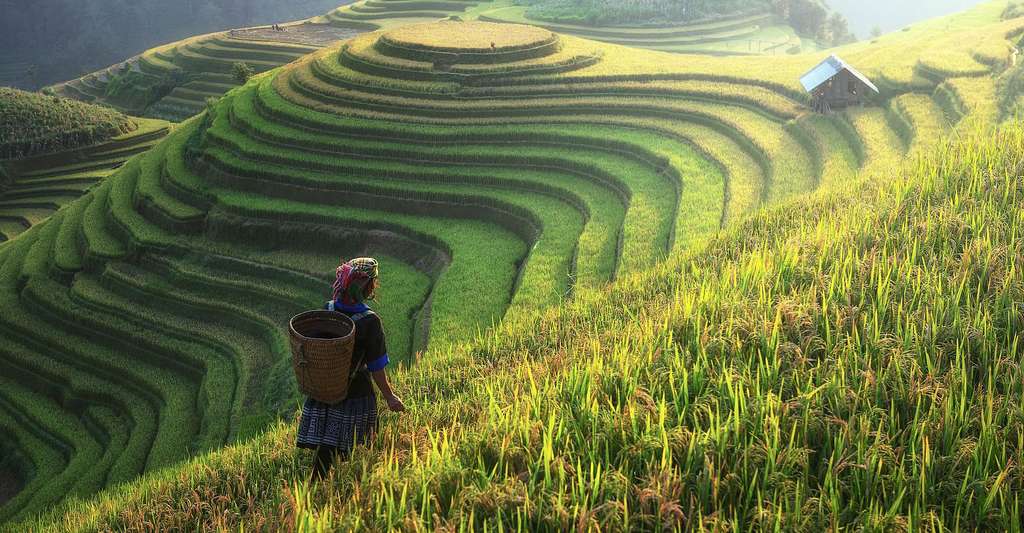

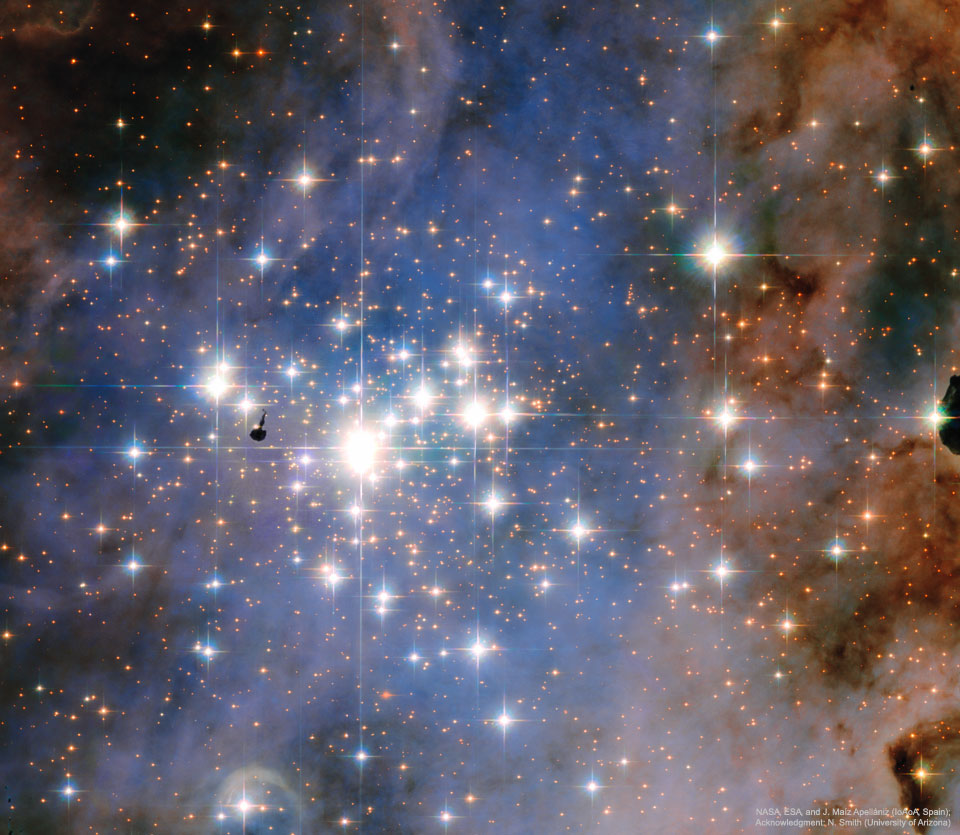






![[En vidéo] Accédez au cockpit d'un rarissime B-2 Spirit pendant son ravitaillement en vol](https://www.usinenouvelle.com/mediatheque/0/8/4/000341480_image_896x598/b-2-spirit.jpg)

